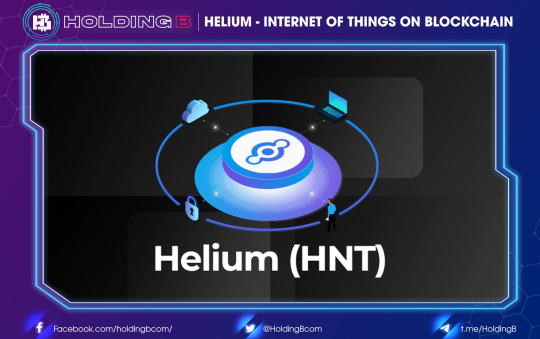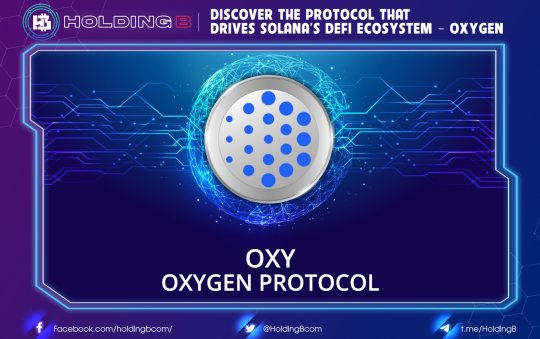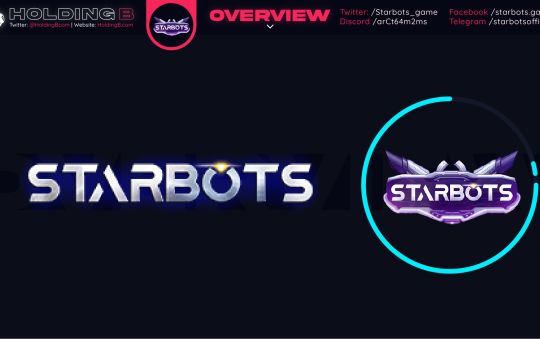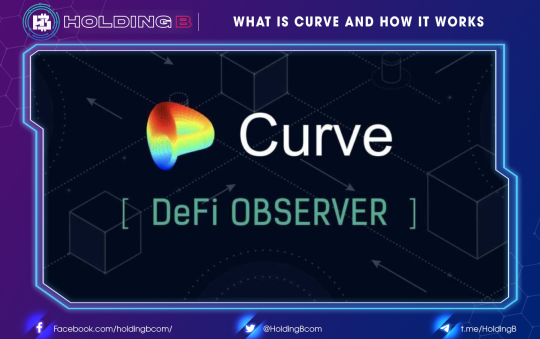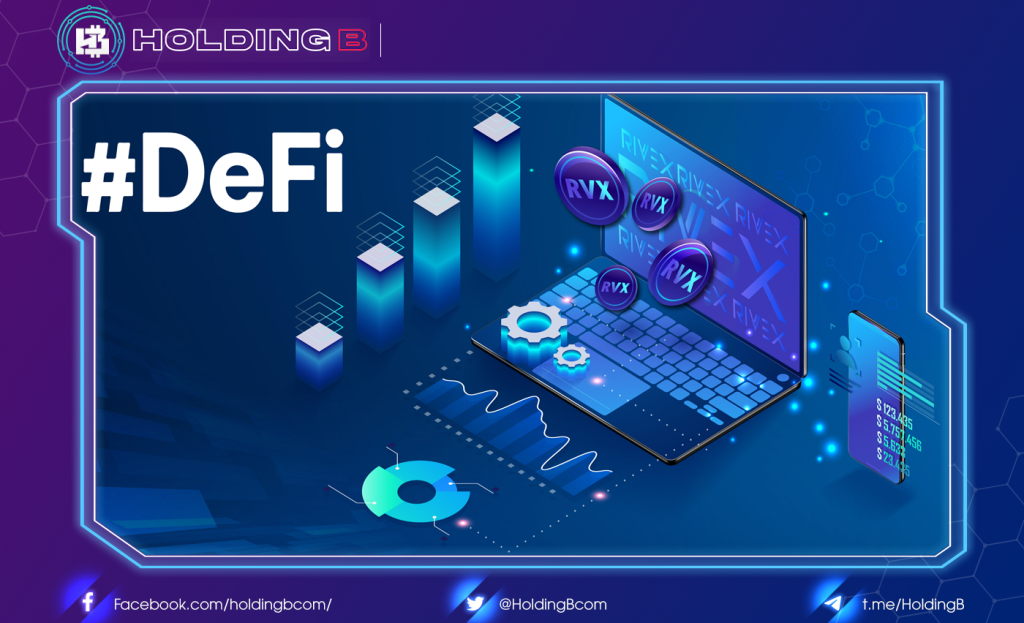
What is DeFi?
DeFi (Decentralized Finance) is decentralized finance (or open finance) in which institutions, markets, or financial instruments are managed decentralized.
In simpler words, DeFi leverages the power of Blockchain to be decentralized and transparent to create an open financial platform, which anyone can access and use anywhere, anytime. which is not under the control of individuals or organizations with centralized power.
In DeFi always comes with “Non-Custodial”, ie no trust. It is also thanks to this feature of DeFi that we often call it Open Finance or open finance.
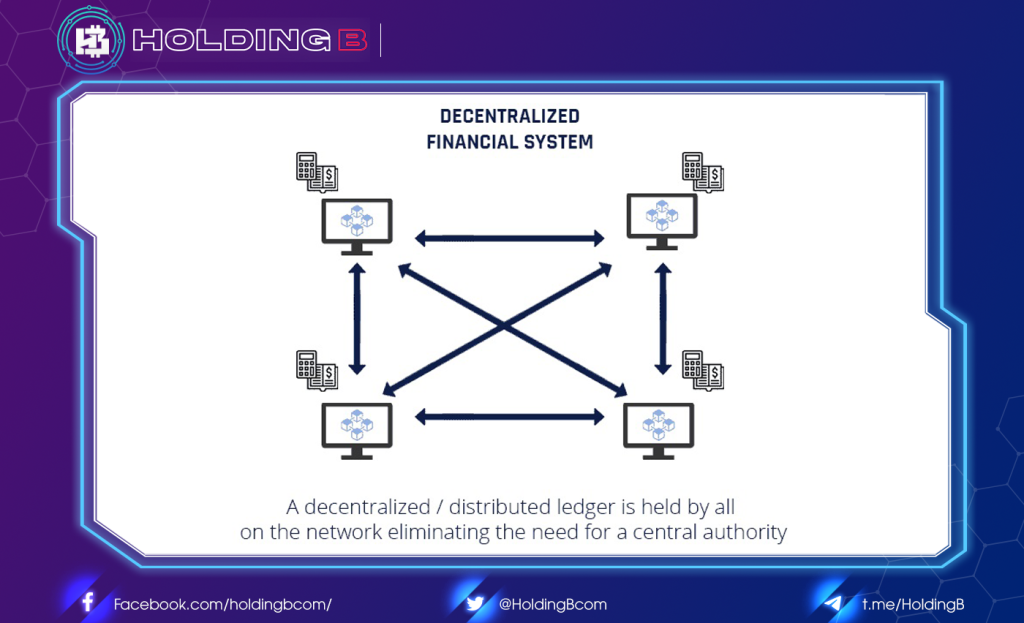
Thus, it can be understood that DeFi is considered a financial industry that goes against the traditional financial model (CeFi – Centralized Finance) for generations. In CeFi, you hand over financial control to another party (banks, financial institutions) and trust that they will do a better job of managing your assets than you. DeFi is not about creating a new financial system, but democratizing the existing system and making it fairer, using open protocols and transparent data.
Difference between DeFi and CeFi
6 main features make the Defi system outstanding, different from the Cefi system (which is controlled by an intermediary agency):
- Unauthorized (Access): Anyone in the world can connect to the network
- Decentralized: Records are kept on thousands of computers simultaneously
- Trustless: A central party is not required to ensure transactions are valid
- Transparency: All transactions are publicly auditable
- Censorship resistant: One central party cannot invalidate user transactions
- Programmable: Developers can program business logic into low-cost financial services
Challenges for DeFi
DeFi is indeed a potential market, but it also has some shortcomings that you must know before you want to invest in them. That is:
- Poor performance: blockchain systems are inherently slower than centralized networks, and the applications built on this network are also dominated by this. Developers of DeFi applications need to take these limitations into account and optimize their products accordingly.
- High risk of user error: DeFi applications shift responsibility from intermediaries to users. This can be a negative aspect for many people. Designing products that can minimize the risk of user error is a particularly difficult challenge when products are deployed on immutable blockchains.
- Negative user experience: Currently, using DeFi apps requires extra effort on the part of the user. For DeFi applications to become a core element of the global financial system, they must provide users with some tangible benefit to encourage users to switch from the traditional system.
- The ecosystem is messy: finding the best app for a particular use case can be difficult, and users must be able to find the best fit. The difficulty is not only in building the applications but also in how they can fit into the entire DeFi ecosystem.
Applications of DeFi
Some of DeFi’s current applications include:
Decentralized money market
Borrowing and lending is the fastest growing area of DeFi. Users only need to deposit their own money and they can profit from others borrowing their assets at high-interest rates.
Decentralized Exchange (DEX)
A DEX allows you to control your funds while trading token pairs, and because maintenance costs are lower, transaction fees are lower. Centralized exchanges share your financial information, and there is more fiduciary risk.
Decentralized stablecoins
Stablecoins are the foundation of the DeFi ecosystem and its mission is to eliminate volatility and ensure stability. Some dApps allow you to attach the value of a stable coin to a currency at a predetermined rate.
Decentralized insurance
In order for DeFi loans to be safe, the form of collateral appeared. Many loans are over-collateralized making it look completely safe from the outside, but in reality, if a hacker finds a bug in the source code of a dApp, it could be the start of a lot of money. To help overcome this, different forms of DeFi coverage are being developed.
Combine
One of the most exciting features of decentralized finance applications is that they can be combined to create entirely new products.
For example, a developer can combine a stable coin, with a decentralized exchange, along with a synthetic asset to form a whole new financial product! Many platforms have been created to combine or build upon.
The potential of DeFi
The potential of the DeFi sector is probably undisputed, based on DeFi Pulse information and data on assets locked on DeFi protocols, we can see Decentralized Finance will be the future. future of world finance and it is the premise for us to enter Open Finance. When people are disgusted with the centralization of the traditional financial system, they want freedom, freedom, and especially those who do not have access to banking and finance, such as citizens in African countries, at this time, they will tend to turn to DeFi to manage their personal finances on their own, without depending on any third party or centralized organization.
So how do distinguish and recognize a DeFi project is quality or not?
6 common characteristics of a DeFi scam project
In some cases, you may find other features as well. However, these 6 characteristics are the most common ones that we have synthesized and drawn from DeFi scam projects.
DeFi scam projects often name projects that are ‘following’ DeFi projects that have been temporarily ‘successful’.
The definition of “success” for DeFi projects at the moment is that they can raise capital in a short period. These projects have partly proven their influence on investors. They invest because of the potential as well as what the project has shown in recent times.
But following that success, DeFi scam projects “accidentally” named the same. This accident caused many investors to mistake this as a fork project of the original project. They mistakenly believe that these DeFi scam projects share the same team as the original project. Of course, with such a marketing trick, it is hard to avoid misleading investors
When too many people talk about a project, it could be a DeFi scam
In fact, for cryptocurrency investment in particular, there is an investment school that most investors often use called “swimming with sharks”. That is when we idolize or follow a certain celebrity, most of their words will be the guideline for our investment actions. Unfortunately, however, this is not always the case.
Recently, a message on Telegram was revealed a shocking secret. 50 Cryptocurrency influencers have been planning a “pump & dump” for a DeFi project called FEW. One of those masterminds is Anthony Sassano (Co-Founder of Ethhub.io). Their purpose is to use their influence on social networks to make FEW tokens valuable in the eyes of investors. From there, they will make huge profits from it. Fortunately, this plan was not implemented before it was revealed.
This is a lesson learned that influencers are not always on our side. Therefore, if a project is supported by too many influencers at the same time, it can also be a sign of a DeFi scam. Be sober to research the project carefully instead of blindly following your idol
No information about the project’s development team
At this point, many people will wonder, with Bitcoin, who knows where the development team is behind it? The truth is so. With a blockchain project, in my personal opinion, the dev team can remain anonymous. But other actors such as CEO, Advisor or Marketing, the issue of anonymity is a questionable thing. Is it a DeFi scam project?
Bitcoin (BTC) is probably the only blockchain project living in the dark where it still succeeds. A DeFi project that attracts investors’ money, the more transparent the information about the leaders, the better. If everything is unclear, when it is discovered that it is a DeFi scam project, then everything disappears cleanly. Surely you wouldn’t want to become a victim of such DeFi scam projects, would you?
The purpose of DeFi scam projects is to take advantage of the market’s wave to take advantage of “scam”. Therefore, they will not pay much attention to information channels for investors. Or if so, very sketchy. If not, give it a red flag signaling a DeFi scam.
Yfdex.Finance is a good example of this. This project was released quickly. There is no information about the team involved in this project. And of course, it disappeared at the same speed. Only two days after its launch, this DeFi scam project has “stealed” investors an amount of more than 20 million USD.
There is no specific product or development roadmap
Many blockchain projects in general and DeFi scams in particular have encountered this error. Or they will draw up a “virtual” product to blind investors. Or they have nothing at all. A blockchain project cannot be completed in just a few months. You know Ethereum 2.0 right? From the time it started to create, so far 5 years have passed but the project is still not completed because it is quite complicated.
Therefore, a project is not regularly updated on the progress of product development. Instead, they only focus on marketing activities, the very high rate will be classified as DeFi scam projects.
DeFi scam projects often lack communication channels with investors
One thing I appreciate very much about DeFi projects in particular is how often they interact with investors. This interaction not only helps investors answer questions, but it is also a time for the development team to listen to investors’ opinions. Most DeFi projects today take advantage of social networking channels such as Discord, Telegram, etc. to get investors’ opinions.
With DeFi scam projects, it seems that they are very afraid of this. You can hardly find any communication channels with them. Or if it does, it’s not often exchanged back and forth. With a decentralized mechanism, all decisions affecting the project need to be approved by investors instead of the dev team completely deciding today.
Not audited (security assessment) can also be a DeFi scam project
The security assessment for DeFi projects can now be said to be a mandatory issue. Furthermore, the assessment is not a one-time event. Imagine any change, even the smallest related to the system, needs to be audited. Therefore, with DeFi scam projects, often they will skip this step. Partly because of the expensive cost, partly to quickly have products to launch to investors.
Conclude:
- Read carefully about the news related to the project. Investing in cryptocurrencies is like investing in stocks. What you invest in is a company, a product, a person… not a random idea.
- Analyze the DeFi scam projects that have happened and draw on your own analysis experience to be able to see them. When you read a lot, consult a lot and understand how the blockchain system works, it will be easier to see DeFi scam projects.
See ya in the next article !
Don’t forget to follow useful articles about Crypto Market from team Holding B !!!
- Telegram Channel: https://t.me/HoldingBcom
- Telegram Group: https://t.me/HoldingB
- Website: https://holdingb.com/
- Twitter: https://twitter.com/HoldingBcom
- Facebook: https://www.facebook.com/holdingbcom


